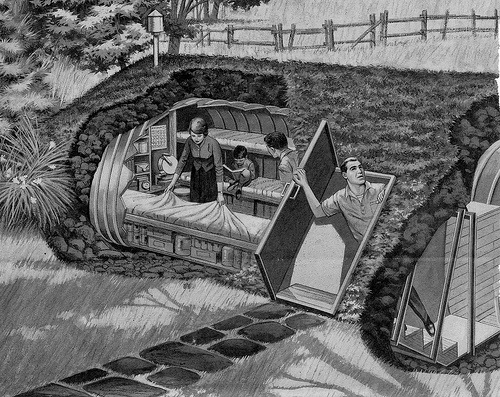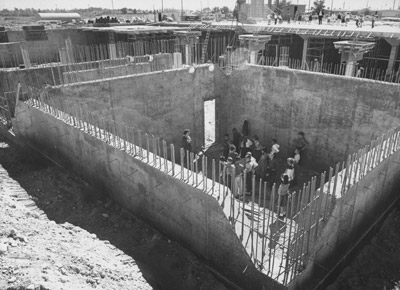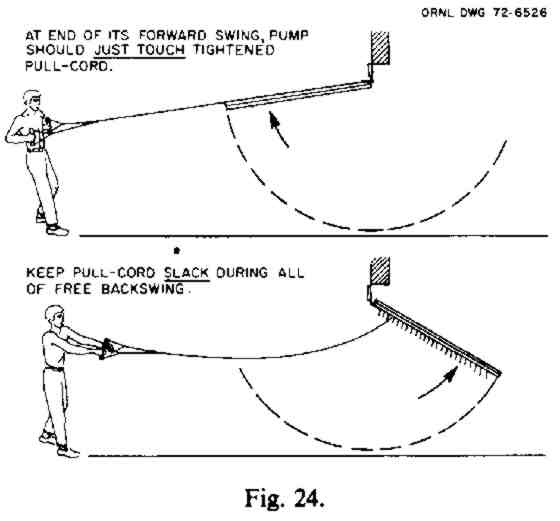CIVIL DEFENSE: Fall Out Shelter
From fifties
Contents |
[edit] Summary
With the ever-looming possibility of nuclear annihilation from Soviet forces, Americans in the 1950's began building personal shelters that would protect against nuclear fallout specifically gamma radiation. These subterranean structures were built in basements and backyards to ensure a household quick,immediate safety in the event of an attack. The fallout shelter was essentially a civilian adapted bunker equipped with food, fresh water, living accommodations, and personal necessities.
[edit] Construction
To prevent against exposure from nuclear fallout, these shelters were built underground to allow dirt and soil to provide natural protection from radiation. Gamma particles begin to slowed down by 1 1/2 miles of air or 2 1/2 feet of earth. The prime objective was to put as much mass between survivors and the radioactive particles from the blast as possible. Concrete was the preferred material for laying the foundation and walls of the shelter. Each wall was poured to be at least 12 inches thick and even reinforced with lead reducing radiation to minimal and safe levels.
A fallout shelter built in the corner of a basement was the most affordable option, and it supposedly offered substantial protection. The walls were concrete blocks stacked together instead of pouring in wet cement. An open doorway and vents near the floor provided ventilation. According to civil defense authorities of the 1950's and of FEMA today, a concrete block basement shelter could be built without contractors and with relatively inexpensive materials.
[edit] Equipping A Shelter
In preparing for a nuclear attack, citizens knew that it may take days or weeks to allow the radioactive fallout to reduce to safer levels. This meant that the necessities for living had to be stocked. Canned goods were kept due to their long shelf life and the fact that they did not need to be kept refrigerated. Water was and still is one of the most vital supplies for any shelter. 7 gallons of water per person was the minimum amount when stocking for a 2 week period of living. Hydration was an issue in fallout shelters because they generally had little ventilation. The ground surrounding the structure acts as a thermal insulator and the body heat of inhabitants would raise the temperature from within. The most common form of ventilation was the Kearney Air Pump. This ventilation system consisted of a large door flap that hung by hinges on the top of the door frame. With a piece of rope or cord connected to it, shelter inhabitants could take turns swinging the flaps forward to push air out and having fresh air let in when the flaps swung back. Other supplies included cots and sleeping bags, a first-aid kit (examples below), chemical or portable toilet for waste management, and a radio.
[edit] My Fall Out Shelter Medical Supplies
Photographs Copyright 2008 by Jeff Russell




